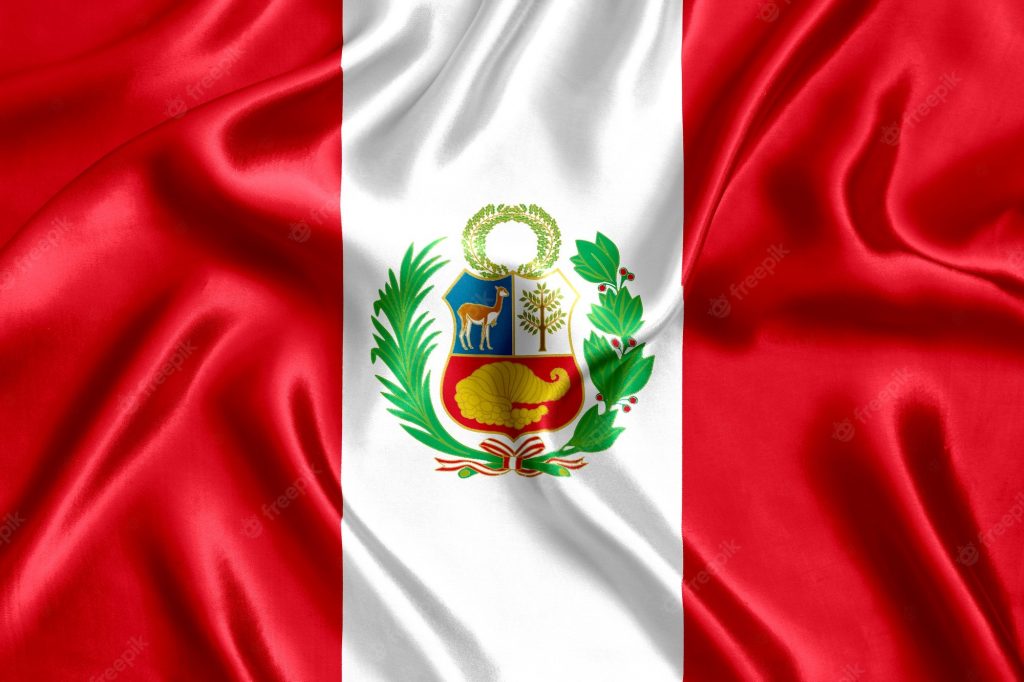Patents for inventions, which protect novel creations as the product of arduous research in a particular technological sector, have long been distinguished by a comprehensive and difficult registration procedure. This is certainly relevant during the “patentability examination” stage, also known as the “substantive examination stage,” when it is determined if the invention fulfils the three important requirements of novelty, inventive step, and industrial application. Three of the five years needed in Peru to get an invention patent are spent on the patentability examination.
The patent prosecution highway (PPH) is a patent application filing system. A mechanism for filing patent applications is known as the patent prosecution highway (PPH). In accordance with the PPH, if an application has been submitted to a patent office of a signatory country (the first filing office), passed the patentability examination, and been given a report claiming that at least one claim is patentable or can be granted, the applicant may ask the office of another signatory country (the second filing office), where an application for the same patent is currently pending, to use the first filing office’s report at that time.
In 2006, the United States Patent and Trademark Office and the Japanese Patent Office jointly implemented the PPH for the first time. The network has developed and strengthened since this agreement was made permanent in 2008.
The Peruvian National Institute for the Defense of Competition and Protection of Intellectual Property (Indecopi) signed its first pilot program to implement the PPH with the Spanish Patent and Trademark Office on October 5, 2015, during the sessions of the 55th General Assemblies of the World Intellectual Property Organization in Geneva. The PPH program went into effect on January 1, 2016, and it was effective for two years before automatically continuing for further equal-length periods in accordance with the parties’ requests.
With the IP offices of the Pacific Alliance members (Chile, Colombia, and Mexico) and the Forum for the Progress and Integration of South America (ie, Argentina, Brazil, Chile, Colombia, Ecuador, Uruguay, and Paraguay), Peru has signed agreements to implement the PPH.
PPH Agreement Requirements
Although each PPH agreement has its own specific guidelines, the following requirements are typically necessary:
- The application must be:
- a national application;
- an application in the national phase via the Patent Cooperation Treaty; or
- a divisional application of either of the above.
- The application must have one or more claims that have been considered patentable in the first filing office.
- The claims of both applications must have sufficient similarities. They must not infringe any provisions with respect to the particular legislation of either country.
- The second filing office should not have initiated the patentability examination of the application.
The major benefit of the PPH is that the second filing office doesn’t have to expend extra effort when using the first filing office’s patentability report. This will enable:
- greater certainty and speed in obtaining the registration, without jeopardizing the quality of the patents;
- less public administration workload; and
- lower costs for the applicant, since this system does not involve expenses on top of the official rates of a regular patent procedure.
Peruvian businesses will be able to accelerate the protection of their technology in the countries where PPH agreements have been made as a consequence of the PPH program. This will probably benefit Peruvian business overseas, enabling the flow of technological goods and, most importantly, encouraging innovation.
You can find the list of Peru IP Firms here.

